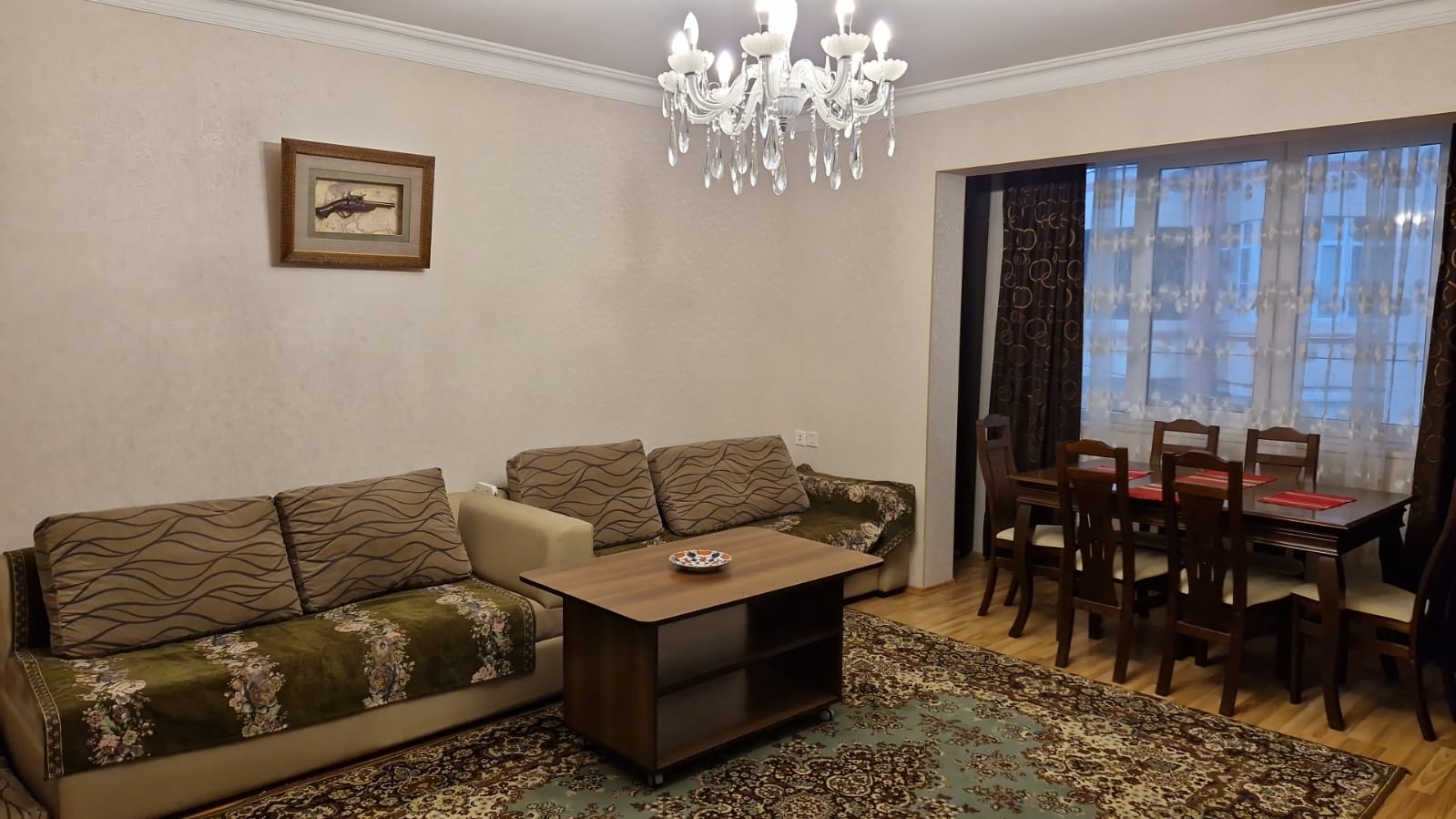Gabala continues to attract with its historical monuments
 Two mausoleums and some stone tombs in the village of Khazra in Gabala are among the most significant historical monuments of the region.
Two mausoleums and some stone tombs in the village of Khazra in Gabala are among the most significant historical monuments of the region.
Both mausoleums – sheikh Badraddin’s and Muhammad’s – belong to the Shirvan-Absheron architectural school and date back to the 15th century. The graves around the mausoleums belong to prominent representatives of the feudal nobility, and also date back to the 15th-16th centuries.
The inscriptions on the walls of the mausoleums and on the graves are taped with Arabic script, impressing many visitors with their complex patterns that most see in the form of flowers and various symbols. During the past archaeological excavations around the mausoleum, graves of the 12th-13th centuries were discovered.
The form of construction and the very neighborhood of the mausoleums draw special attention. The entrance to one of them is located on the south-west side, while the other is placed on the north-west. In this case, the directions of the arrow, knocked out at the entrance to one mausoleum, stay on at the second entrance as well. Thus, it can be assumed that the mausoleums were built according to a preconceived single plan.
It should be mentioned that the first time the restorative work in the mausoleums of Khazra was carried out in 2006 on the basis of the appeal of the local branch of the Culture and Tourism Ministry.
Gabala, which is located about 225 km away from the capital city of Azerbaijan, is a perfect place for rest and tourism. The weather here is mild in spring and autumn, hot in summer and cold in winter. In addition to marvelous weather, Gabala suggests gorgeous historical monuments, which emerge all around the city and its vicinity.
The city during six centuries served as the capital of the ancient state of Caucasian Albania. Archeological investigations give an evidence that Gabala functioned as the capital of Albania as early as 4th century BC. The ruins of the ancient town are situated in 15 km south-west of the modern site of Gabala, in the village of Chukhur Gabala on the territory between Garachay and Jourluchay rivers. Here you can find the ancient walls and towers.
Due to its historical importance, Gabala preserved a number of fascinating landmarks. The most outstanding of them are an old tower of defense purposes (9th-11th centuries), a mosque of the 13th century, Imam Baba mausoleum (18th-19th centuries), Juma mosque and, surely, Historical Ethnography Museum that involves thousands of historical artifacts of the city.
Recently thousands of artifacts made of clay, stones, metal, and bones have been found at an ancient settlement Galayeri in Gabala, dating back to the first half of the 4th millennium BC.
Another interesting fact has been the discovery of an ancient catacomb at the site, which dates back to the same period when the site was first settled – some 6,000 years ago. So, it is more ancient than any other catacomb found in Europe and the Caucasus! Moreover, archaeologists also discovered a human skeleton buried with more than a hundred jewelries and 30 potteries in the Dizakhli village of Gabala.
Source: azernews.az








